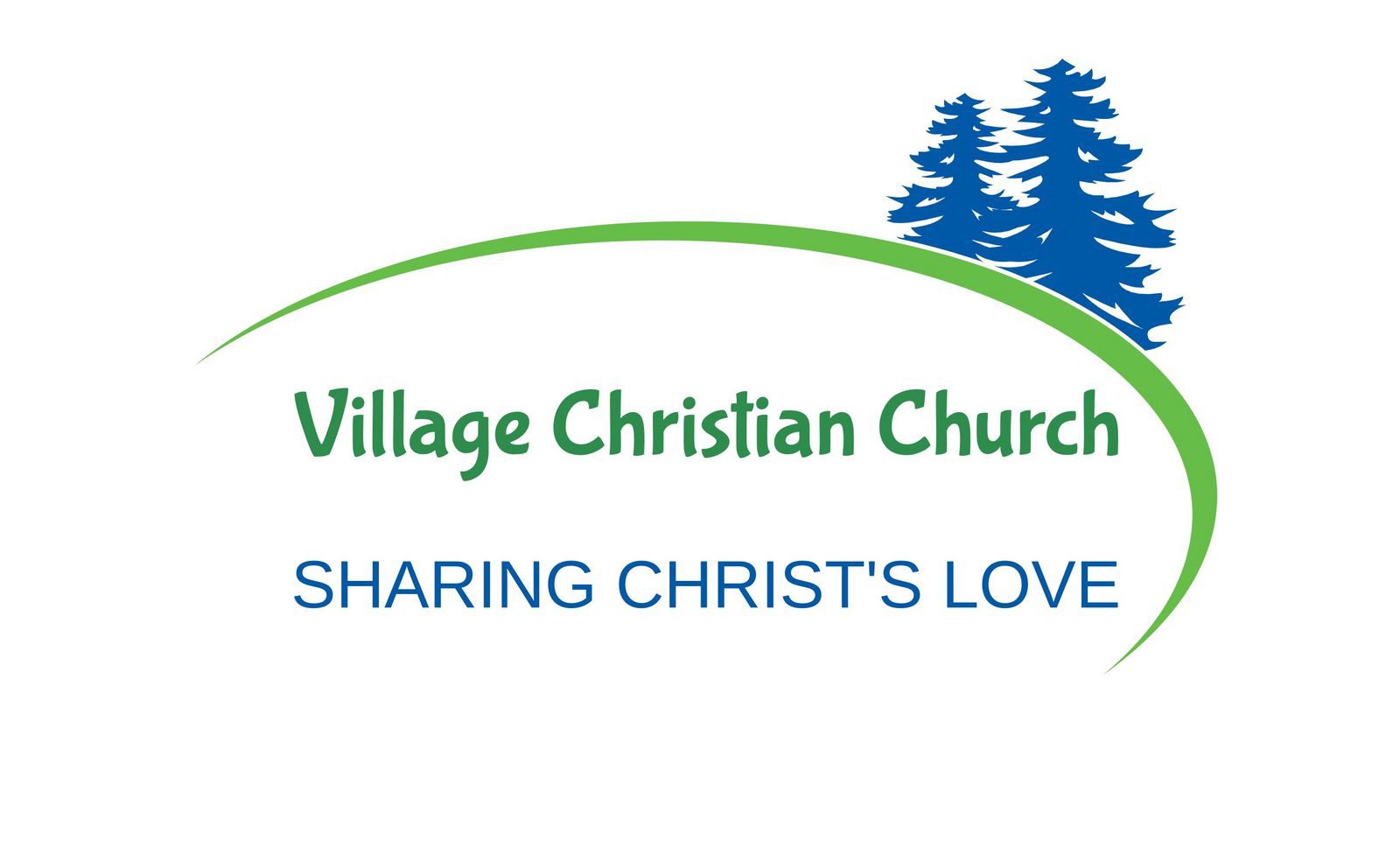#1 Typology : What is it?
#1: “Typology: What Is It?”
SCRIPTURE: Hebrews 8:5-6; 9:9; 10:1; Colossians 2:17
INTRO:
“Typology” is, simply, the study of prophetic symbols of the Old Testament that have
their ultimate fulfillment or reality in the New Testament. While they have temporary
significance relative to the old covenant of law, they find their eternal significance in the new
covenant of grace. These prophetic “symbols” are at the heart and core of what I’m referring
to when I say that “The Old Testament is the New Testament concealed, and the New
Testament is the Old Testament revealed.”
It is the New Testament that identifies these prophetic symbols. They are referred to
in the New Testament by three Greek words:
1. TUPOS, meaning “type,” “example,” or “pattern”;
2. SKIA, meaning “copy” or “shadow”; and
3. PARABOLE, meaning “parable” or “figure.”
Both the Greek TUPOS and SKIA are used in Hebrews 8:5 in describing the ministry of
the priests and the tent or Tabernacle, which preceded the Temple in Jerusalem: “…the tent
(tabernacle) where they serve is just a copy and a shadow of the real one in heaven. Before
Moses made the tent (or tabernacle), he was told, “Be sure to make it exactly like the pattern
you were shown on the mountain!” In other words, God intended the priests and the
Tabernacle or Temple under the Old Covenant to be shadows of that which was coming with
the New Covenant, so it was very important that Moses follow God’s instructions in every
detail.
In Hebrews 10:1, the Greek SKIA is translated “shadow.” The Contemporary English
Version renders it: “The law of Moses is like a shadow of the good things to come. This
shadow isn’t the good things themselves, because it cannot free people from sin by the
sacrifices that are offered year after year.” In other words, the Mosaic Law System was
inadequate to accomplish forgiveness of sins, which the restoration of man to fellowship with
God required, but it fore-shadowed that which would provide forgiveness of sins.
The Greek PARABOLE is used in two passages in Hebrews. In 9:8-9, the writer again
refers to the system of the Old Covenant: “All of this is the Holy Spirit’s way of saying that no
one could enter the most holy place while the tent was still the place of worship. This also has
a meaning for today. It shows that we cannot make our consciences clear by offering gifts
and sacrifices.”
